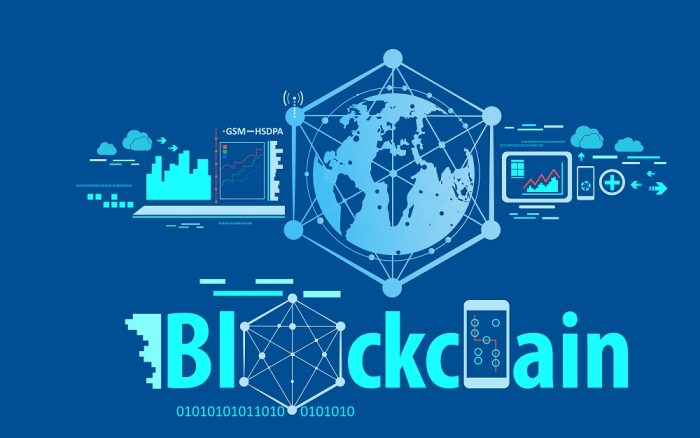Blockchain technology’s operational efficiency, security and transaction confidence motivated the Emissions Trading System in Mexico (ETS) to explore its use for monitoring, reporting and verification (MRV) systems for greenhouse gas (GHG) mitigation and climate finance.

Distributed Ledger Technology (DLT) continues to arouse the interest of the international community. Its main attraction is the decentralized management of data, in contrast to the traditional way of storing information on a central server or assigning it to a single administrator.
Blockchain is also highly recognized in the financial community due to its immutability. Blockchains are immutable in the sense that the possibility exists of encrypting a complete block of information and repeating the process in entire chains, preventing the change of preliminary data. In other words, it ensures that the stored information will not be manipulated, thus reducing the possibility of fraud.
These characteristics suggest Blockchain’s utility in multiple areas. It is becoming increasingly common to find examples of Blockchain being used for environmental issues, specifically those related to climate change.
An Emissions Trading System (ETS) seems to be the ideal case to use Blockchain. The operation of an ETS requires a highly efficient and reliable mechanism, in which multiple actors must keep the accounts of a virtual element of limited emission with commercial value (Emission Allowance). The authority makes deposits and account holders can execute different types of registered transactions, with no room for errors or fraud. The DLT programming offers the opportunity to interact with a user-friendly interface such as any other web page or application.

Despite the identified potential, the ETSs currently operating around the world use online registries developed with conventional programming languages. Today, only China has started to develop a system using Blockchain.
The ETS project has begun studying the requirements at the institutional, regulatory, economic and technological levels to determine if the use of Blockchain could be used in the Mexican context.
In addition to analyzing the utility of Blockchain for the ETS, the project ETS will analyze the feasibility of applying Blockchain for the development of MRV systems for climate finance and GHG mitigation.
This consultancy is led by Sven Braden, founding partner of the Climate Ledger Initiative (CLI), a think tank focused on the study of DLT solutions for climate issues. As part of the consultancy, training activities will be developed for the GIZ team and the Ministry of the Environment and Natural Resources (SEMARNAT). An introductory workshop on Blockchain was held on August 23, 2018.
In the workshop, Braden explained how DLT works in a very simple way and presented some examples of how to apply Blockchain for climate change.
The consultancy will end in November 2018, at which time it is expected that the authority will have the necessary information to make an informed decision about the potential use of this technology in the country’s climate policy.
The presentations of the introductory workshop can be downloaded below. For more information on this subject, please contact us at: Comercio.Emisiones-MX [at] giz.de.

